- Catherine
- August 22, 2023
- 8:46 am

Harper Ross
Answered on 8:46 am
Unified Fabric Manager (UFM) is a specific product suite that is widely used in high-performance computing to manage and optimize InfiniBand networks. The recommended size of the cluster for using UFM depends on several factors:
- Management requirements: When a cluster is large, manual management and maintenance may become difficult. UFM can automate many routine operations and provide in-depth analysis and monitoring capabilities to improve operational efficiency. For smaller clusters, it may also be beneficial for management and tuning.
- Economic considerations: For small clusters, you may not need to invest in the economic cost of purchasing a complex management platform like UFM. However, if the cluster size is medium or larger (such as 50-100 nodes or more), it may be more economical to invest in a UFM because it can save a lot of management and maintenance labor time.
- Performance requirements: Using UFM can effectively optimize network communication, thereby improving application performance. If your application has high-performance requirements, it may be beneficial to use UFM, regardless of the size of your cluster.
- Error diagnosis and firmware upgrades: In large clustered environments, error diagnosis and firmware upgrades can be complicated. UFM can provide automated tools to help diagnose and fix problems, as well as handle firmware upgrades, which can be especially valuable in large clustered environments.
People Also Ask
Related Articles
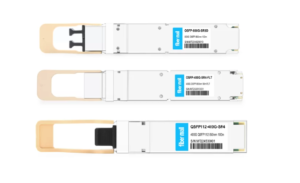
800G SR8 and 400G SR4 Optical Transceiver Modules Compatibility and Interconnection Test Report
Version Change Log Writer V0 Sample Test Cassie Test Purpose Test Objects:800G OSFP SR8/400G OSFP SR4/400G Q112 SR4. By conducting corresponding tests, the test parameters meet the relevant industry standards,
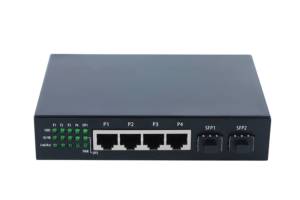
Unlocking the Potential of a Fiber Optic Switch in Modern Networks
Fiber optics has transformed contemporary network systems’ efficiency, dependability, and construction, owing to the sheer speed provided. Fiber optic switches are critical components of such structures for their ability to
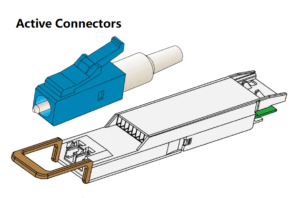
Active Connectors: LC, CS, SN, MPO, PC, APC
Active connectors are passive optical devices frequently used in conjunction with optical module interfaces. These connectors, which are attached to the optical side of a module, generally adhere to standardized
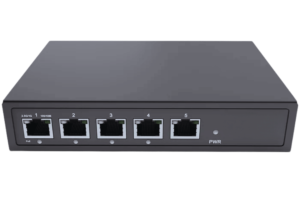
Unlock the Potential with a 2.5 GB Switch: The Ultimate Guide to Multi-Gigabit Networking
Traditional gigabit Ethernet is being replaced with multi-gigabit networking because modern computing and connectivity demands have outgrown it. This shift is driven by the need to lower cost and improve

Choosing the Best 16-Port Gigabit Ethernet Switch for Your Home Network
Setting up an easy-to-use and fast home network is becoming simpler as new technology comes out. A 16-port Gigabit Ethernet switch streaming HD content, online gaming, or smart home device
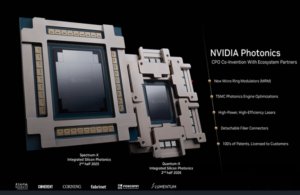
NVIDIA Releases Silicon Photonics CPO Switch
During GTC 2025, NVIDIA released the NVIDIA Spectrum-X (based on the Ethernet standard) and NVIDIA Quantum-X (based on the InfiniBand standard) silicon photonic network switches, enabling AI factories to connect

How to Use the XGSPON ONU Stick SFP+
Fiber-to-the-Home (FTTH) technology is revolutionizing internet connectivity. However, the closed devices provided by internet service providers often restrict users’ freedom. If you have a router or switch with an SFP+
Related posts:
- Is the CX7 NDR 200 QSFP112 Compatible with HDR/EDR Cables?
- Can CX7 NDR Support CR8 Transceiver Modules?
- What is the Maximum Transmission Distance Supported by InfiniBand Cables Without Affecting the Transmission Bandwidth Latency?
- Can the CX7 NIC with Ethernet mode interconnect with other 400G Ethernet switches that support RDMA?
